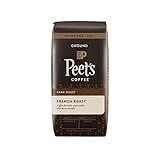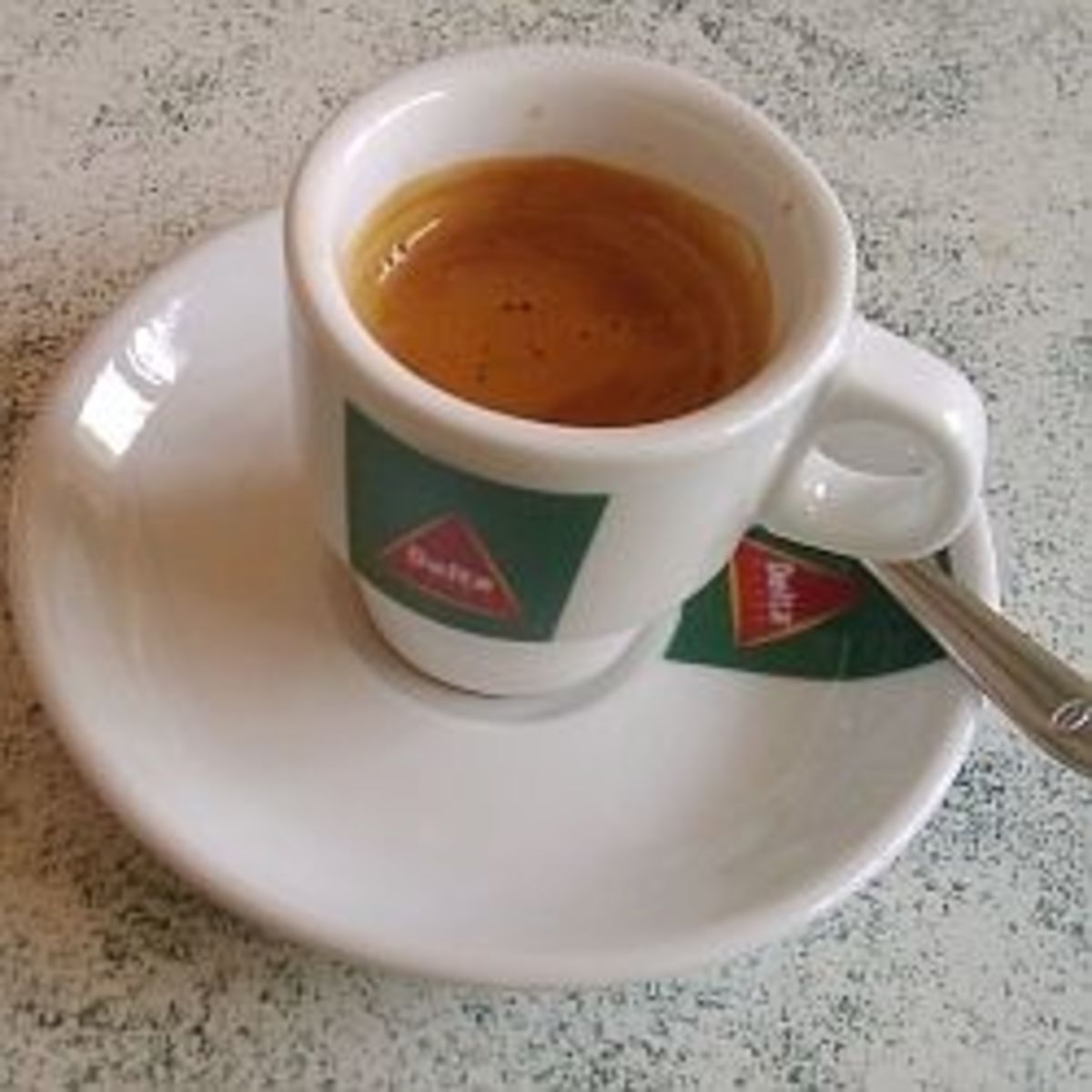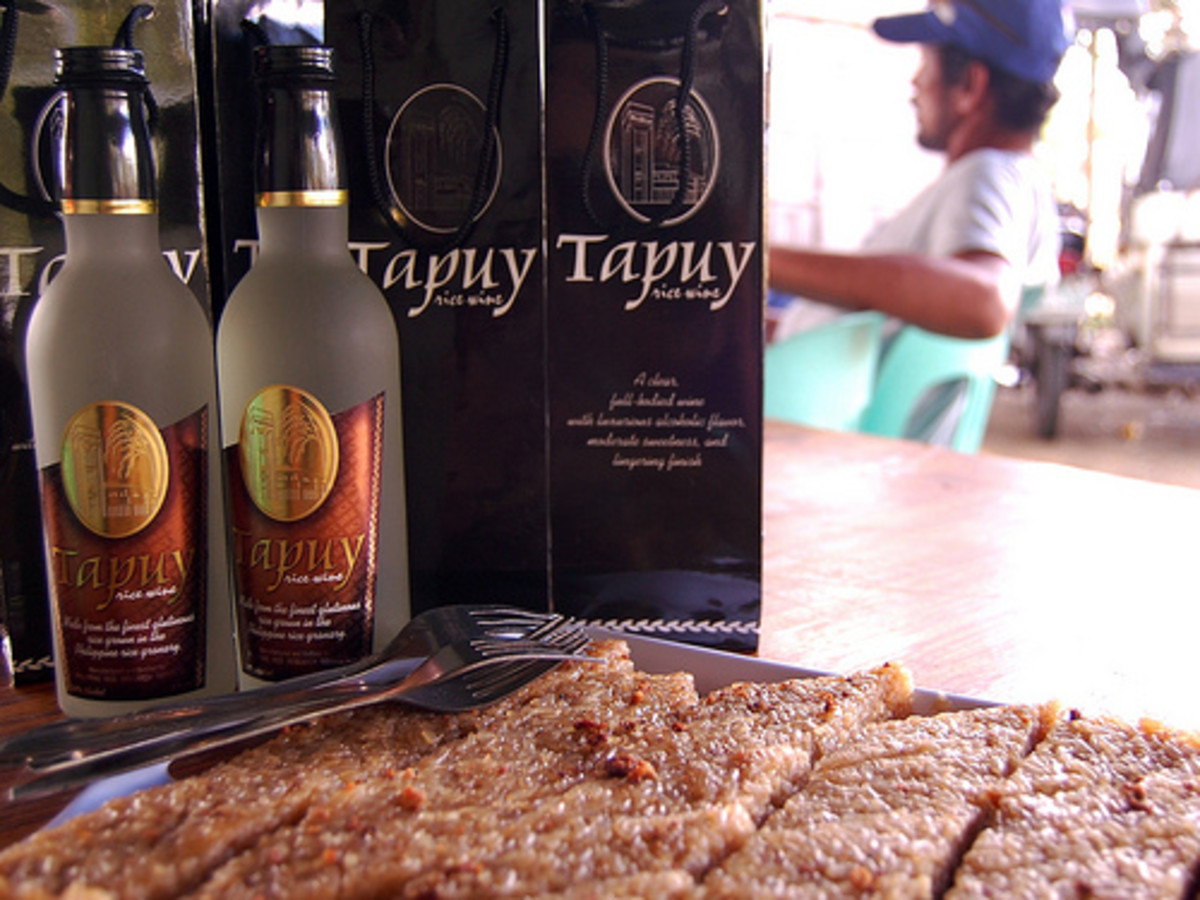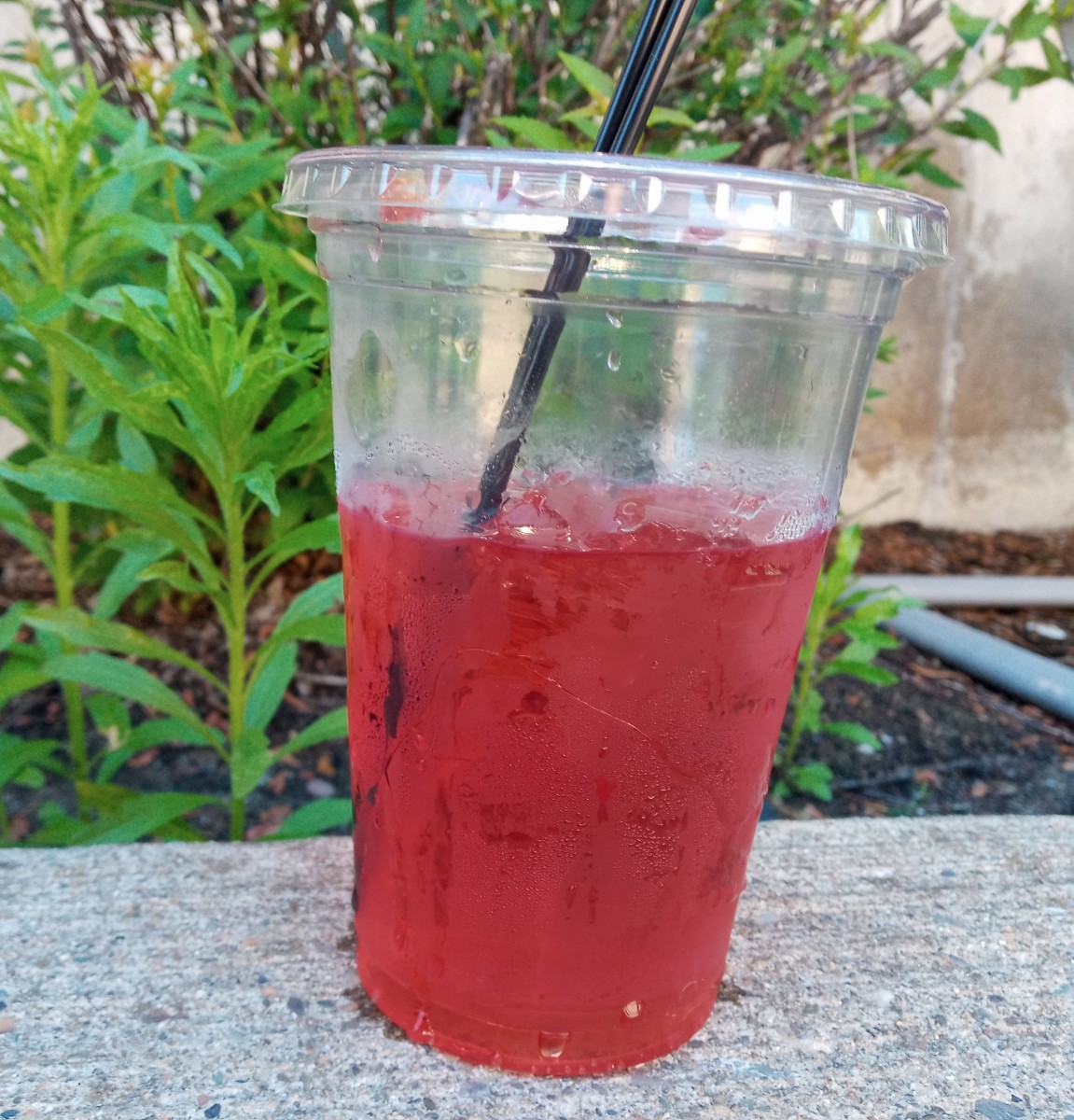Guide to Coffee-Types of Beans and Roasts
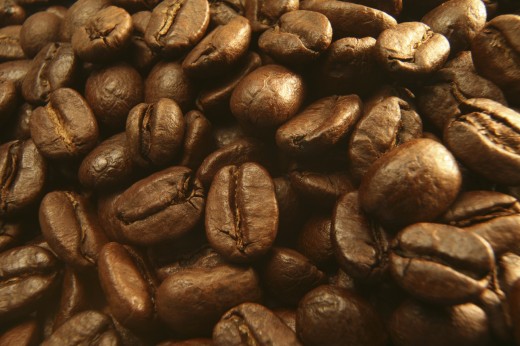
Guide to Coffee-Part 1
Long before a steaming mug of coffee ever hits your desk it begins as a little cherry on a coffee arabica or coffee robusta plant. It's then harvested, transported, roasted, possibly flavored, packaged, and then sold before brewing ever even begins. Because the world of coffee is so very vast I've decided to split my coffee guide into multiple parts, simply click the links at the bottom of the page to move on the to next part of the guide!
As always, 'tis best to start at the beginning, with the coffee plant itself.
Types of Coffee Beans-Arabica and Robusta
Coffee Arabica
Coffee Arabica first originated in Ethiopia, but over the centuries has become the most popular and widely grown type of coffee in the world. Arabica coffee beans have a milder, less acidic taste than robusta beans, but they are also more delicate and harder to grow. Arabica beans do best at 3,000 to 6,000 feet in elevation in temperatures ranging from 60 to 75 degrees Fahrenheit. This means that Arabica beans are mostly grown in equatorial regions such as Brazil and Vietnam in the higher reaches. Arabica plants are susceptible to various blights, and one the "coffee rust" wiped out a vast majority of the coffee arabica population worldwide. Depending on the region in which the coffee is grown it acquires different flavors, which is why you'll see labels like "Sumatra" or "Columbian" blend. You'll most likely find arabica beans in higher quality coffees, such as Starbucks, though even store brands like Foldgers offer 100% arabica blends now.
Coffee Robusta
As the name suggests, this coffee plant is far more robust than its arabica cousin. Robusta coffee plants will grow in a wider range of climates, and will withstand diseases that coffee arabica cannot. However, many people dislike the flavor of robusta beans, which is far more acidic and bitter than arabica beans. On the other hand, coffee robusta does have more than twice the caffiene of coffee arabica, which means it'll perk you up far more quickly. Robusta beans are also cheaper to grow, which is why you'll find them in the cheapest coffee varieties. Robusta beans are also often included in espresso blends to provide some bite to the shot and to improve the crema.

Types of Roasts
One thing to keep in mind in regards to the names of various roasts is that they can differ from place to place, and by roaster. For certain roasters a French roast may be darker than an espresso roast, and vice versa. Read the manufacturer's description for a better clue as to how your coffee was roasted. In general though, these are the names applied to varying levels of roasting, and each has its own, unique flavor. Usually the more deeply roasted a bean is the less acidic and more full-bodied it will be.
Cinnamon Roast
One of the lightest roasts available it is called so because the beans are roasted until they are a pale, orangey brown. The flavor is somewhat grainey, and not really refined.
New England Roast
Slightly darker, though still not fully brown this roast leaves much ofthe bean's original flavor still intact, and is light and slightly acidic.
American Roast
One of the most popualr and widely used roasts, espcially in supermarket brands, though many house blends are accomplished using this medium roast. The beans are medium brown in color, and not oily. An American roast is a nice balance between acidity and the natural flavor of the bean and the full bodied flavor of the roast.
City Roast
A city roast is only slightly darker than an American roast, but cracking and oil will begin to show on the bean. A cup of coffee made from a city roast will contain less of the bean's original flavor and more of the roasting process.
Viennese or Espresso Roast
As the name implies, this roast is often used in espresso. This roast is fairly dark, but a hint of the bean's orginal flavor still remains, adding a nice bite. Coffee made from this roast should be rich and full-bodied, making it great for use in espresso drinks where the coffee must not be eclipsed by milk or flavorings.
French Roast
The darkest beans come from a French roast, which delivers a deep and sharp flavor derived from the roasting. At this point most of the bean's original flavor is gone, and it will have more in common with other dark-roasted beans than other coffees made from the same, but more lightly roasted beans. Many people need to develop a taste for such a dark roast.
Conclusion
Even at an early stage coffee begins to separate into the infinite varieties we enjoy daily. To read more about different flavors, brewing methods and more, peruse through my various coffee hubs by clicking the links at the bottom of the page, and enjoy your cup of joe!


